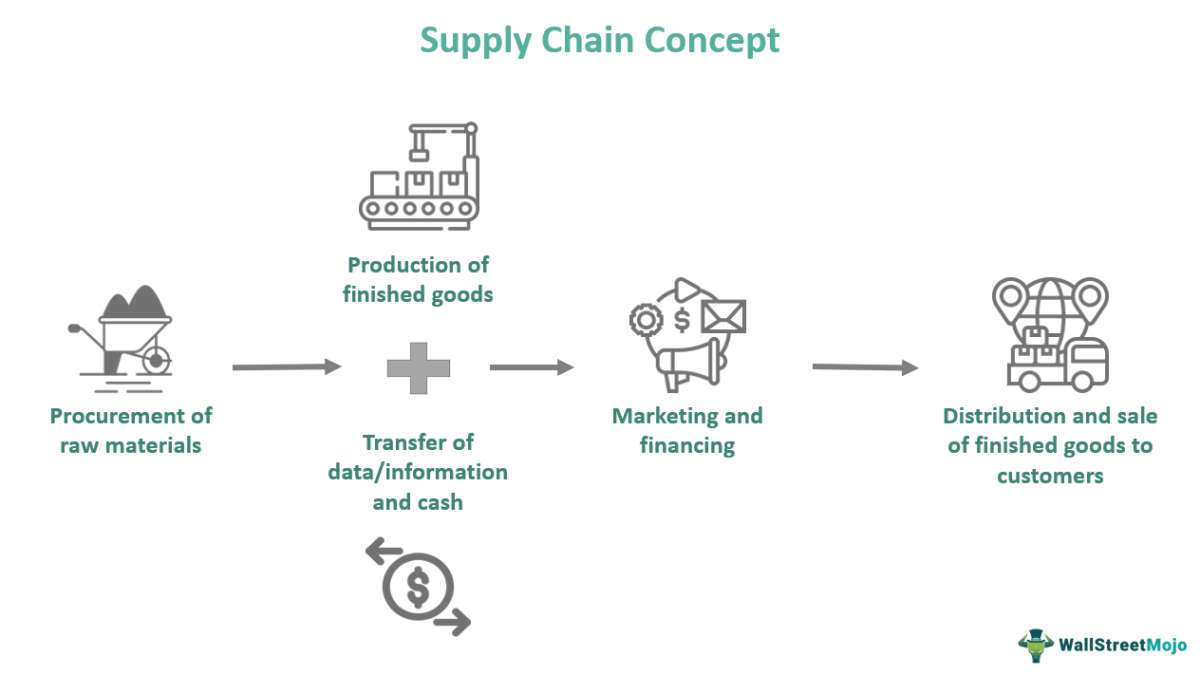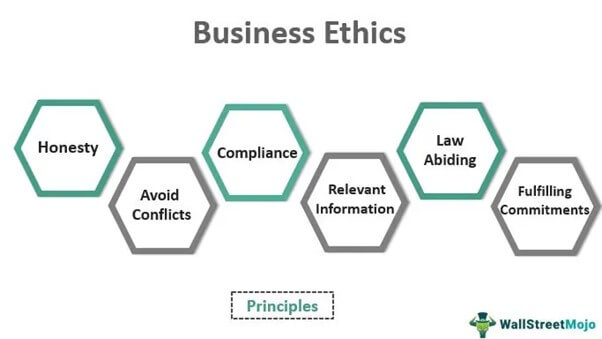
Return on investment (ROI) is a financial metric that measures the profitability of an investment or initiative. It is calculated by dividing the net profit (or loss) from an investment by its cost. ROI is typically expressed as a percentage, and a higher ROI indicates a more profitable investment.
ROI can be used to compare the profitability of different investments or to track the performance of an investment over time. It can also be used to make decisions about whether to invest in a particular project or initiative.
There are a number of factors that can affect ROI, including the cost of the investment, the length of time it takes to generate a profit, and the risk associated with the investment. ROI can also be affected by factors outside of the investor’s control, such as changes in the economy or the market.
Despite these challenges, ROI is a valuable tool for investors and businesses. It can help to make better investment decisions, track the performance of investments, and identify opportunities for improvement.
Here is a more detailed explanation of how ROI is calculated:
- Net profit: The net profit is the amount of money that an investment generates after all expenses have been paid. It is calculated by subtracting the total expenses from the total revenue.
- Cost: The cost is the amount of money that is invested in a project or initiative. It can include the cost of materials, labor, and other expenses.
- ROI: ROI is calculated by dividing the net profit by the cost. It is typically expressed as a percentage. For example, if an investment generates a net profit of $100 and the cost of the investment is $50, then the ROI is 200%.
There are a number of ways to improve ROI. One way is to reduce the cost of the investment. Another way is to increase the net profit. This can be done by increasing the revenue or by reducing expenses.
ROI can also be improved by shortening the time it takes to generate a profit. This can be done by investing in projects or initiatives that have a shorter payback period.
Finally, ROI can be improved by reducing the risk associated with the investment. This can be done by investing in projects or initiatives that have a low risk of failure.
ROI is a valuable tool for investors and businesses. It can help to make better investment decisions, track the performance of investments, and identify opportunities for improvement.
Here are some examples of how ROI can be used:
- A company is considering investing in a new marketing campaign. The company can use ROI to compare the profitability of different marketing campaigns.
- A business is considering investing in a new piece of equipment. The business can use ROI to compare the profitability of different pieces of equipment.
- An individual is considering investing in a new stock. The individual can use ROI to compare the profitability of different stocks.
ROI is a powerful tool that can be used to make better financial decisions. It is a valuable tool for investors and businesses of all sizes.
Here are some additional tips for using ROI:
- Set realistic expectations. ROI is not a guarantee of success. There are always risks associated with any investment.
- Track your results. It is important to track your ROI over time to see how your investments are performing.
- Make adjustments as needed. If your ROI is not meeting your expectations, you may need to make adjustments to your investment strategy.
ROI is a valuable tool that can help you to make better financial decisions. By following these tips, you can use ROI to improve your investment performance.






